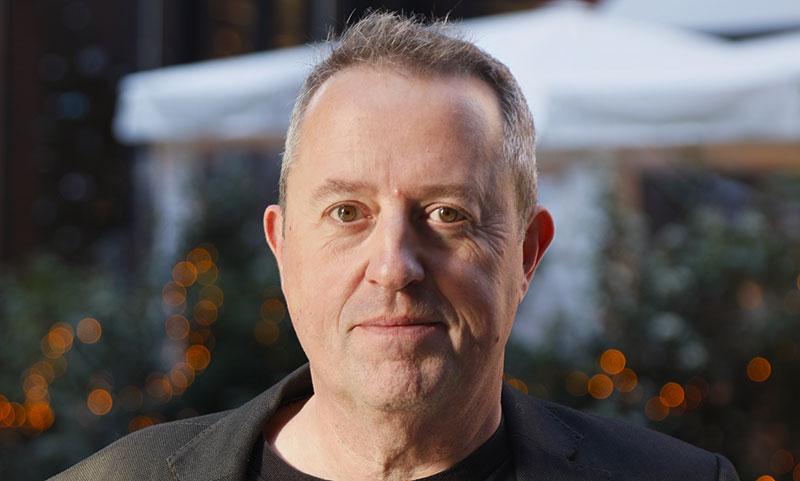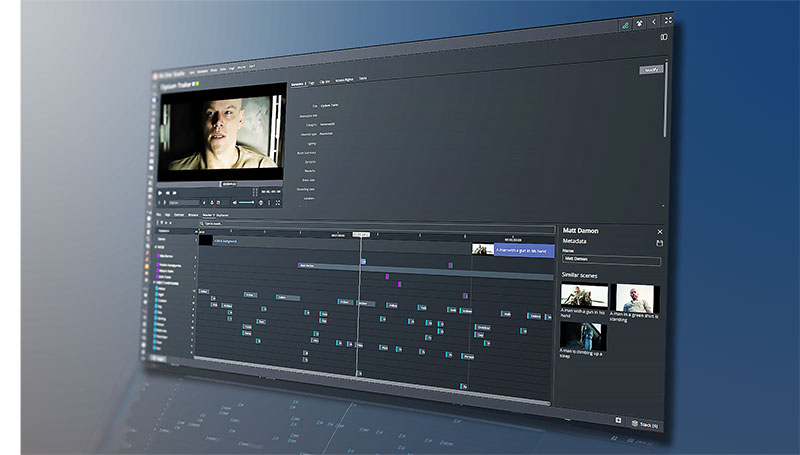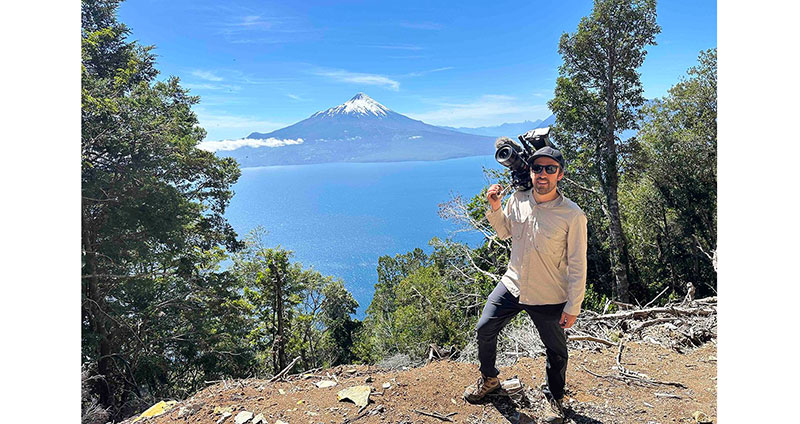Blazing Griffin Post’s team in Glasgow returned for post production of ‘Vigil’ season 2, delivering all aspects of picture finishing in 4K using ACES, with both SDR and HDR deliverables.
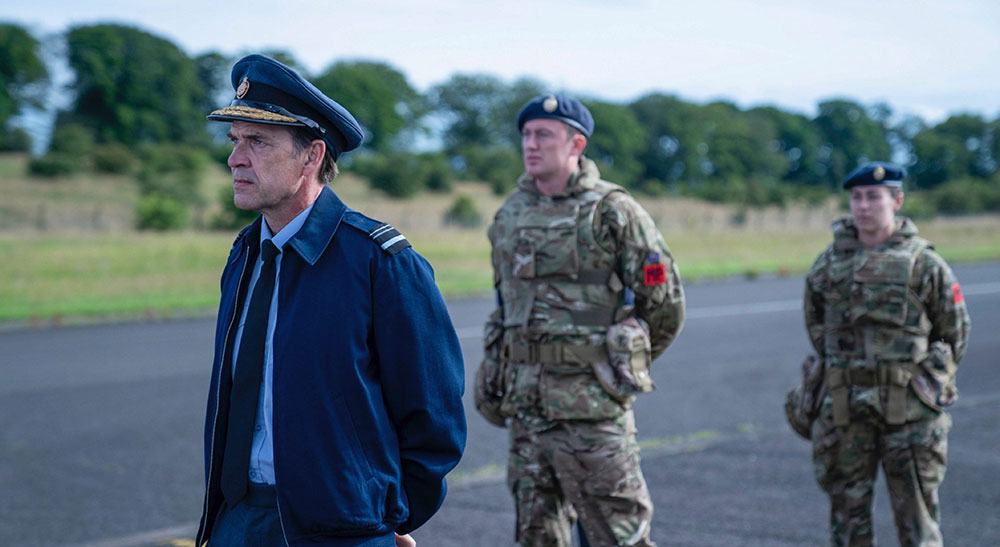
The BBC’s crime drama series ‘Vigil’ made its return following a successful first season. It moves from the nautical setting of the first series with a new story that focusses on prototype drone technology. Blazing Griffin Post’s team in Glasgow continued its association with the show, delivering all aspects of picture finishing in 4K using ACES, with both SDR and HDR deliverables.
Senior Colourist Colin Brown, who led the DI grade on series one, collaborated with series two Director Andy De Emonny and Cinematographer Matt Wicks. “The second series is a departure from the first, and we had to capture that in the look,” Colin said. “The story is set between Glasgow and the fictional country of Wudyan in the Middle East. With two extremely different locations, we had to decide how to navigate that visually.
“We experimented with different colour palettes for the primary locations. The Glasgow scenes feature a cooler palette, occasionally leaning towards green. In contrast, we used warmer hues to convey the Middle East’s heat and intensity, and since many of those scenes were actually shot in Scotland, it was crucial for the story that we convincingly depicted the Middle East.”
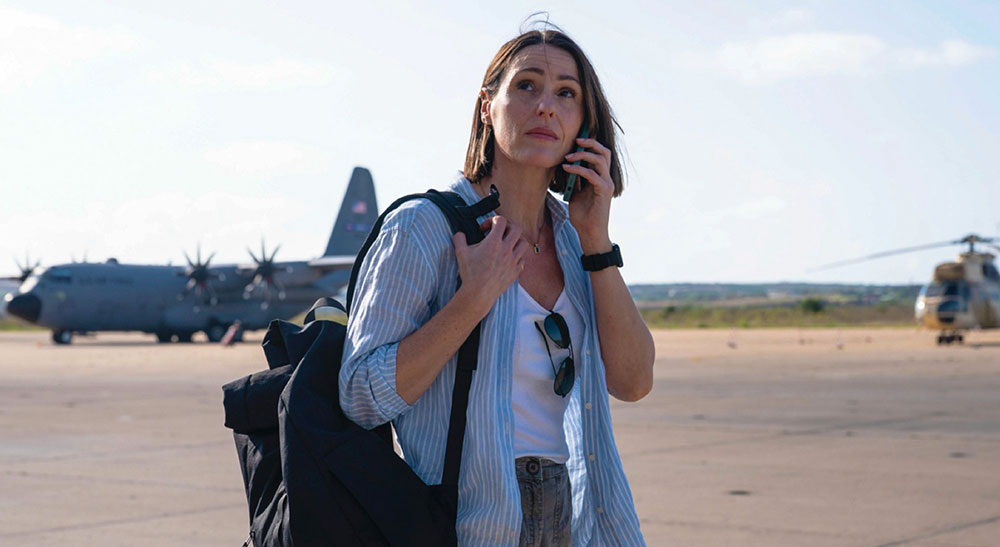
While the series is a work of fiction, Colin worked to balance the idea of realism with dramatic effect. “In the opening drone scene, we wanted the RPAS (Remotely Piloted Aircraft Systems) to appear more sinister,” he said. “To achieve that, I isolated the drones and added more contrast to the metallic elements of the body, which helped them stand out. Resolve’s tracking feature helped us achieve the look. The drones were so fast moving, that the task became complex.”
Online Editor Lewis Carmichael worked with Blazing Griffin Post’s VFX artist Sam Goodwin to enhance the images and carry out digital fixes using the standalone version of Fusion Studio, which was linked to the DaVinci Resolve project timeline via VFX Connect. With VFX connect you can use DPX or EXR file formats to render images from DaVinci Resolve and work in Fusion Studio, without applying any compression to your work. Or, for longer sequences, you can use MXF which applies some compression and saves on file size.
“We had lots of screen replacements to manage as well as complex paint outs and wire removal,” said Lewis. “This way, we could combine Resolve’s edit and colour features and still use the extended features of Fusion standalone. Whether it was rendering down shots, compound clips or Fusion clips, VFX Connect saved us a huge amount of time, especially when it came to client playback, as some shots featured multiple layers of graphics, all at 4K resolution.”
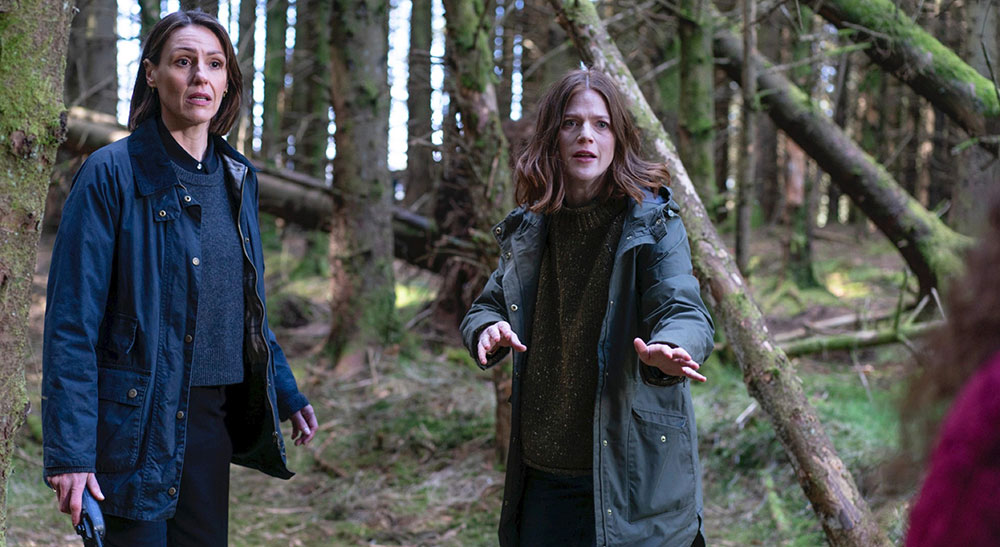
Blazing Griffin Post developed a new workflow for series two, allowing them to use a single HDR10 project timeline although they were responsible for both HDR and SDR deliverables. “It sped up our approach from series one quite a bit, creating a more efficient finishing workflow,” Lewis said. “Whether it was late stage editing, visual effects updates, quality control fixes, or any other changes, we only needed to apply changes once to a single timeline.” www.blackmagicdesign.com





